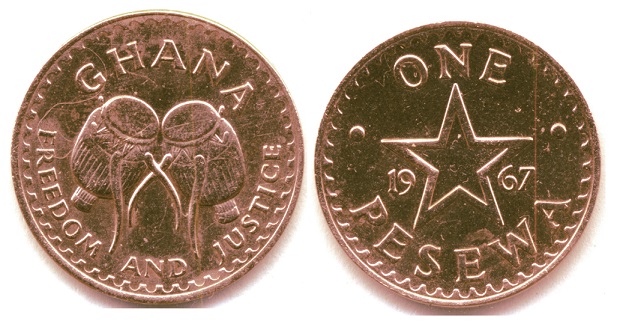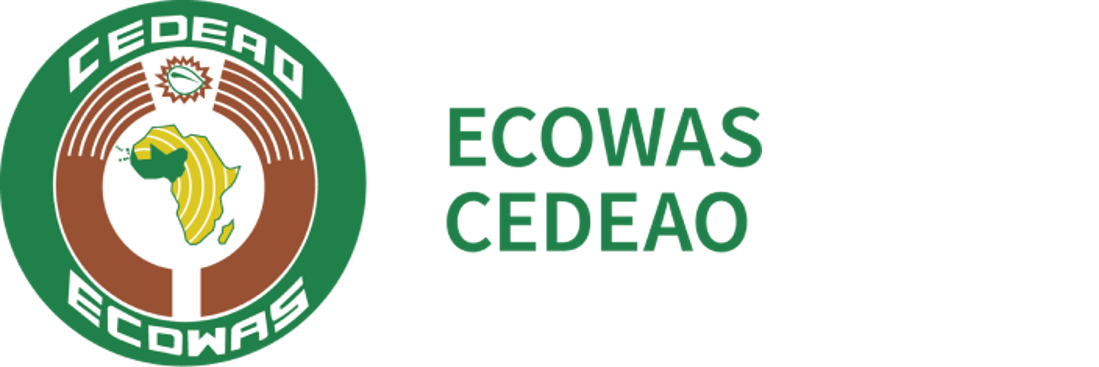The value of a country’s currency determines its level of economic success and the confidence of investors in its economy. To have a strong currency, a country needs to produce goods and services that other countries need and are willing to purchase using the seller country’s currency. Countries also need to deliver a high interest rate on investments so that foreign investors are interested in the country’s financial and economic opportunities. Finally, countries need to have a stable government and sound economic policies. With the British Pound, the Euro and the dollar being the stronger currencies in the world, let’s take a look at the top 5 currencies in Africa.
Libyan Dinar (1 USD = LD 1.41)
This is the official currency of Libya. It has always been the strongest currency in Africa. The nation is highly dependent on oil exports, which represent 87 percent of total exports from Libya. The recent opening of oil fields for mining that had been undermined by the blockade has also contributed to strengthening the Libyan Dinar.
Tunisian Dinar (1 USD = DT 2.87)
The Tunisian dinar is the second strongest currency in Africa. It was put in place in the 1960s after the country abandoned the usage of Franc.
The country’s policy on currency exchanges has greatly helped the Tunisian Dinar to become one of the strongest currencies. With a population of about 12 million people, the country has one of the highest living standards in Africa. This is largely due to agricultural and oil exports, which make up a significant percentage of their GDP.
Ghanaian Cedi (1 USD = GH₵ 5.49)
Ghana has not always been an African economic giant. In fact, less than a decade ago, it was one of the poorest nations in the West African region. However, with proper resource management and good economic policies, the country became a powerhouse in Africa.
Ghana borders Nigeria, the largest economy in Africa, and at some point, the majority of its citizens were migrating to Nigeria to look for greener pastures. In 2007, the country was undergoing economic changes that included dumping their currency and introducing a new one called Cedi.
Ghanaian Cedi has remained as one of the strongest currencies in Africa taking the third spot in 2019. Proper governance, good economic policies and a strong middle-class population have helped maintain the value of the Ghanaian Cedi. Ghana also has the largest GDP per Capita in West Africa, a factor that has greatly contributed to the stability of its currency.
Moroccan Dirham (1 USD = MAD 9.89)
Moroccan Dirham is the fourth-strongest currency in Africa. The economy is backed by exports of agricultural products, semi-processed goods, consumer goods, and phosphate.
It is the third Northern African country that makes the top it into the top 5 strongest currencies in Africa. The country’s proximity to Europe has also made it possible to create a diverse open and market-oriented economy that serves both African countries and European countries.
The key sectors of the Moroccan economy that back their currency are agriculture, tourism, aerospace, automotive, phosphates, textiles, and apparel. Their developed transport system has also contributed greatly to its growth.
Botswana Pula (1 USD = P 10.90)
The fifth strongest currency in Africa, the Botswana Pula, is pegged on the country’s ability to run one of the most democratic systems in Africa. The currency is also traded on the Johannesburg Stock Exchange, the largest stock exchange in Africa, further giving it legitimacy and increasing investors’ confidence in the currency.
Their smooth policy-making, power transitions and lack of political upheavals have helped country to maintain a high standard of living for its citizens. The currency used to have the same valuation as the South African rand before 1976 but has since pulled away and charted its own path.
Botswana’s economy is also one of the fastest-growing economy in the world, with a strong middle class and privately held business acting as the backbone of this drive.
Botswana has a population of just 2 million people and is one of the most sparsely populated countries in the world. This low population and proper management of its economy led to a GDP per capita of $7,700, the largest in the South African region.

